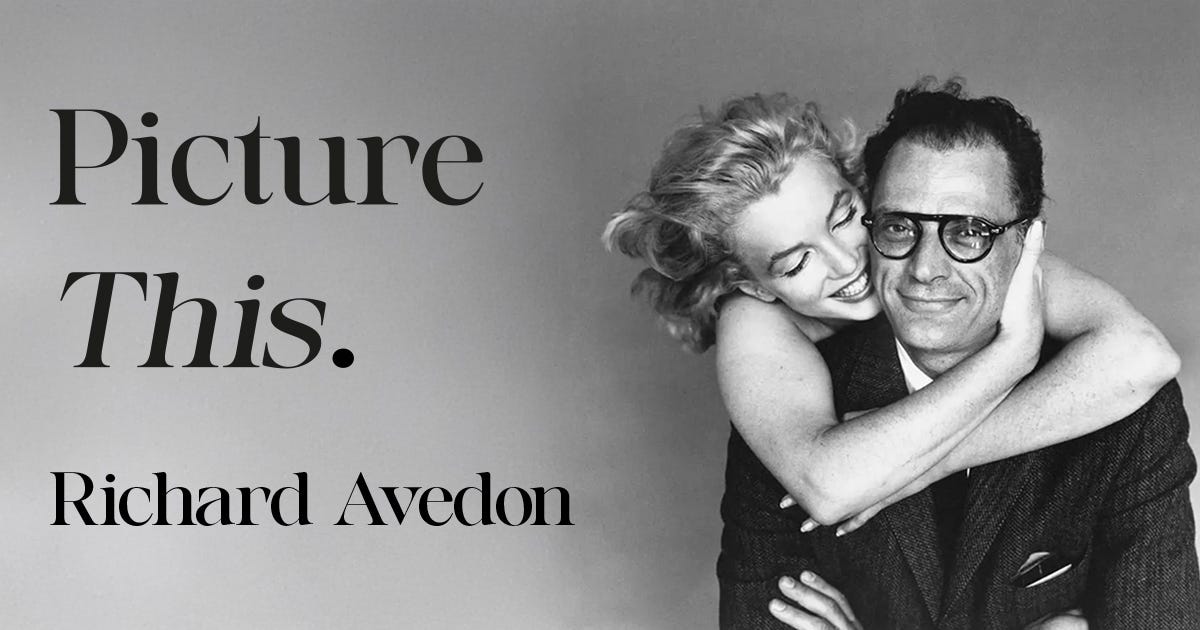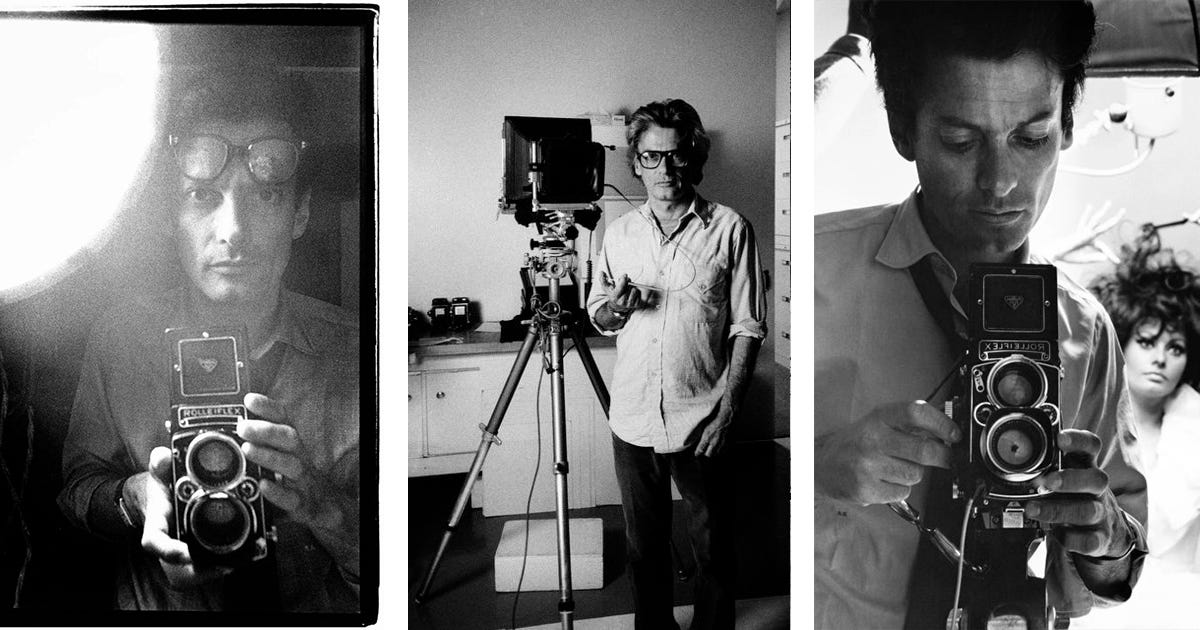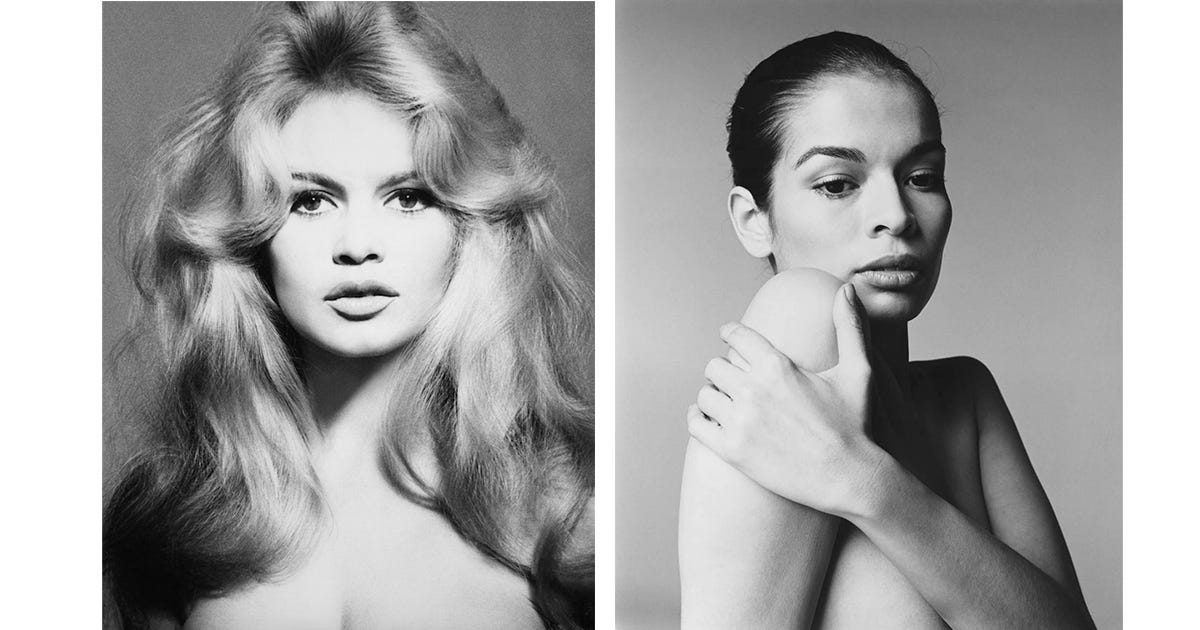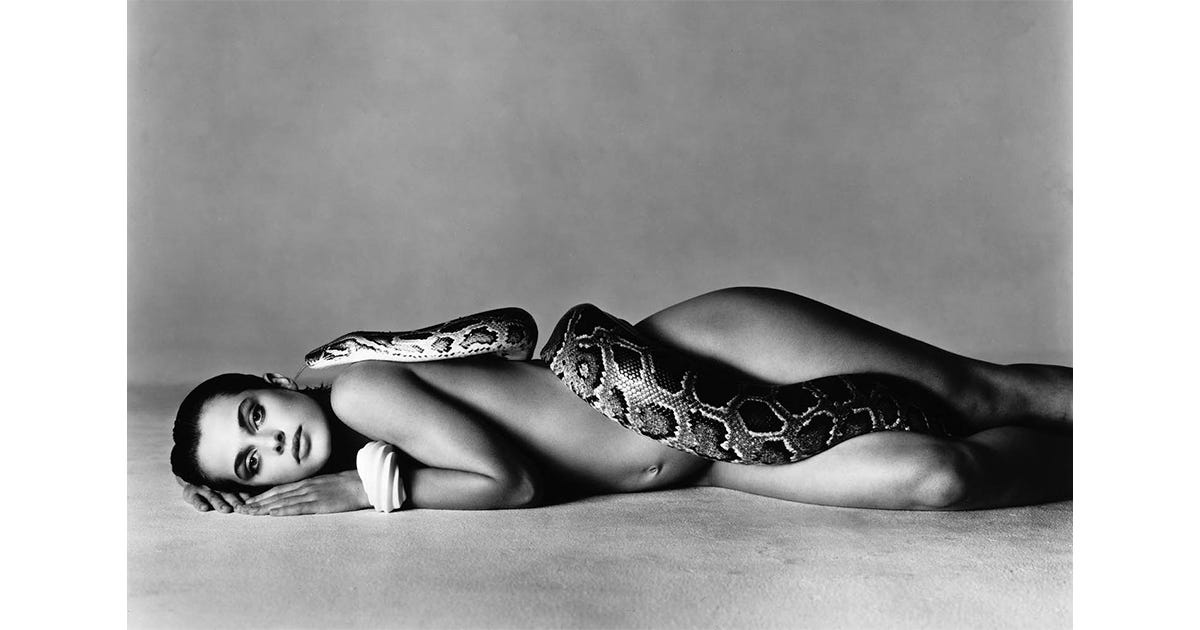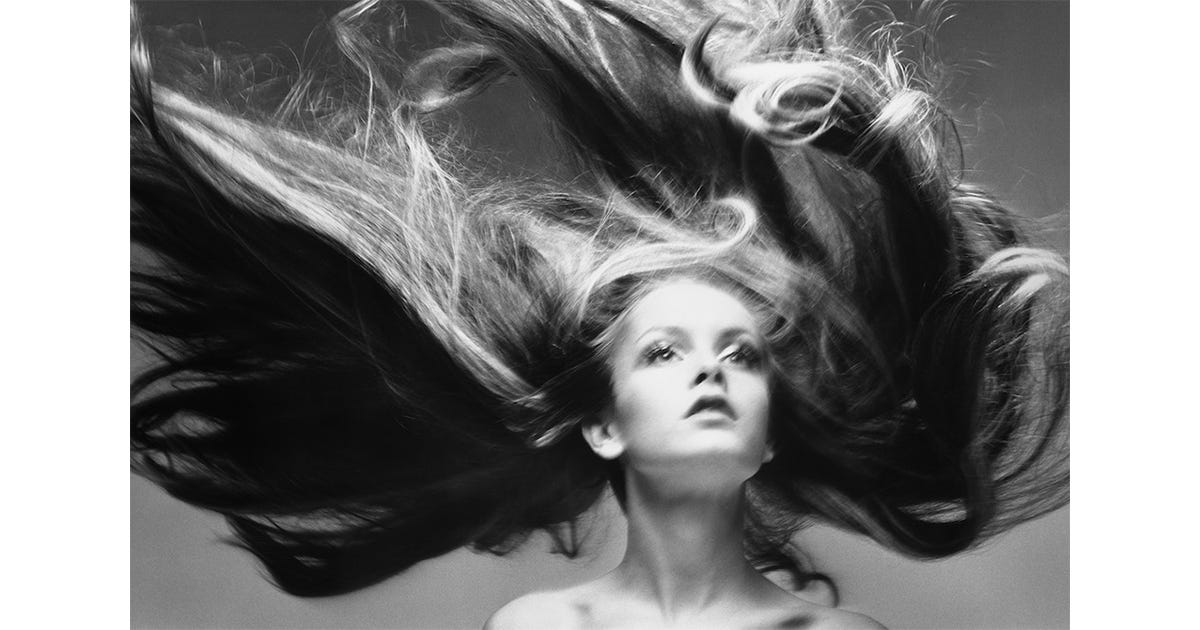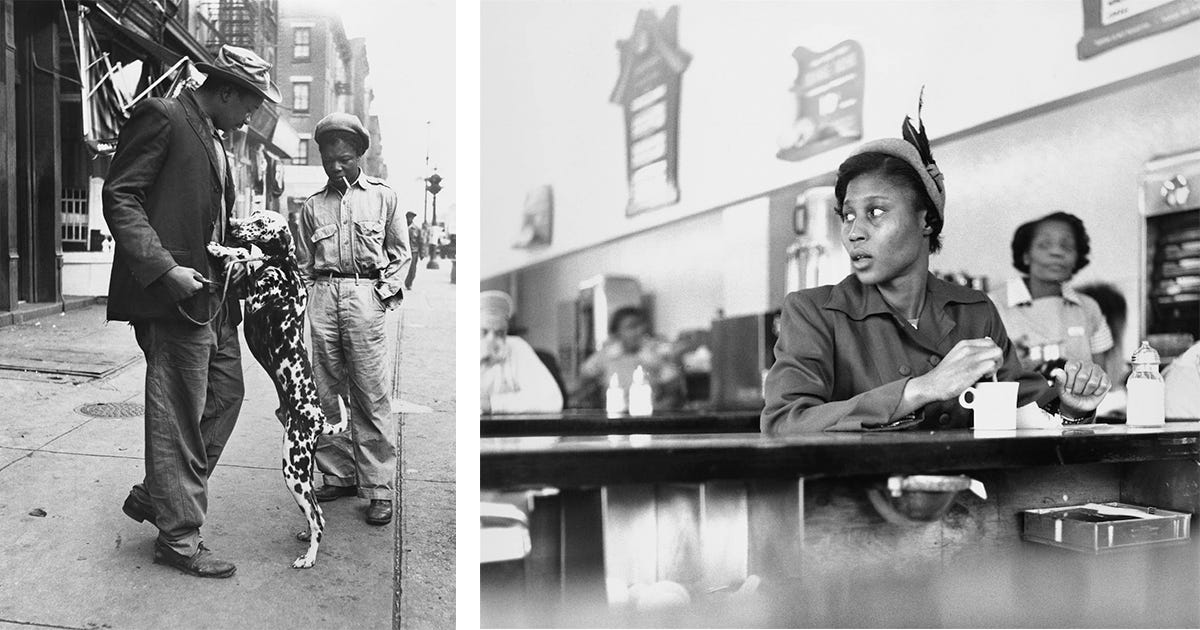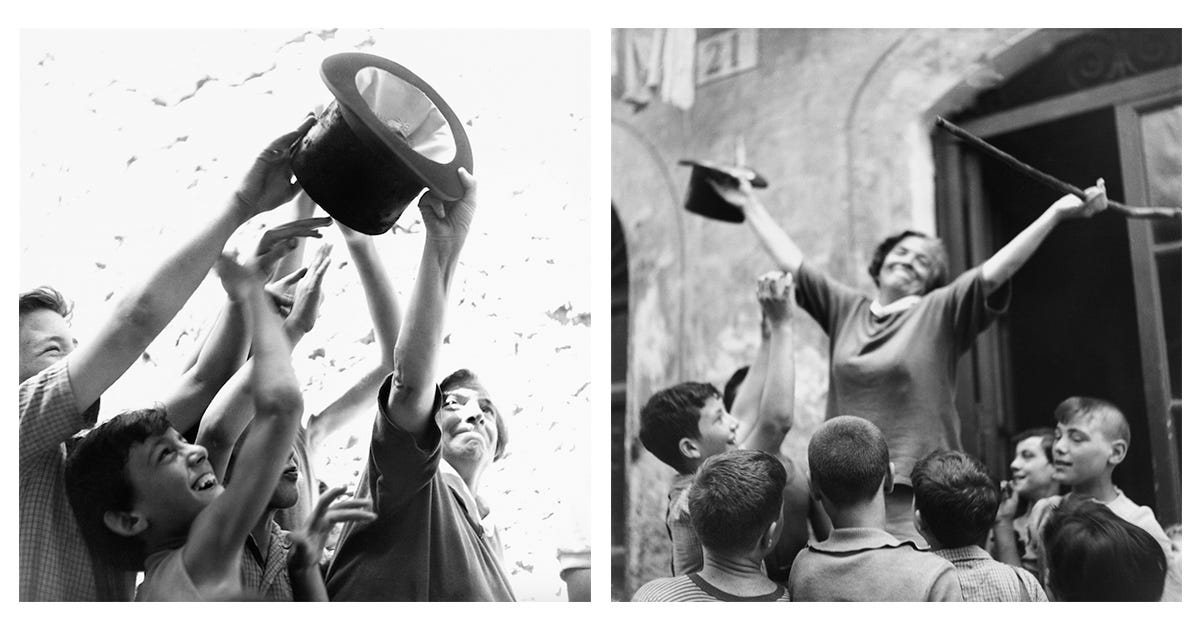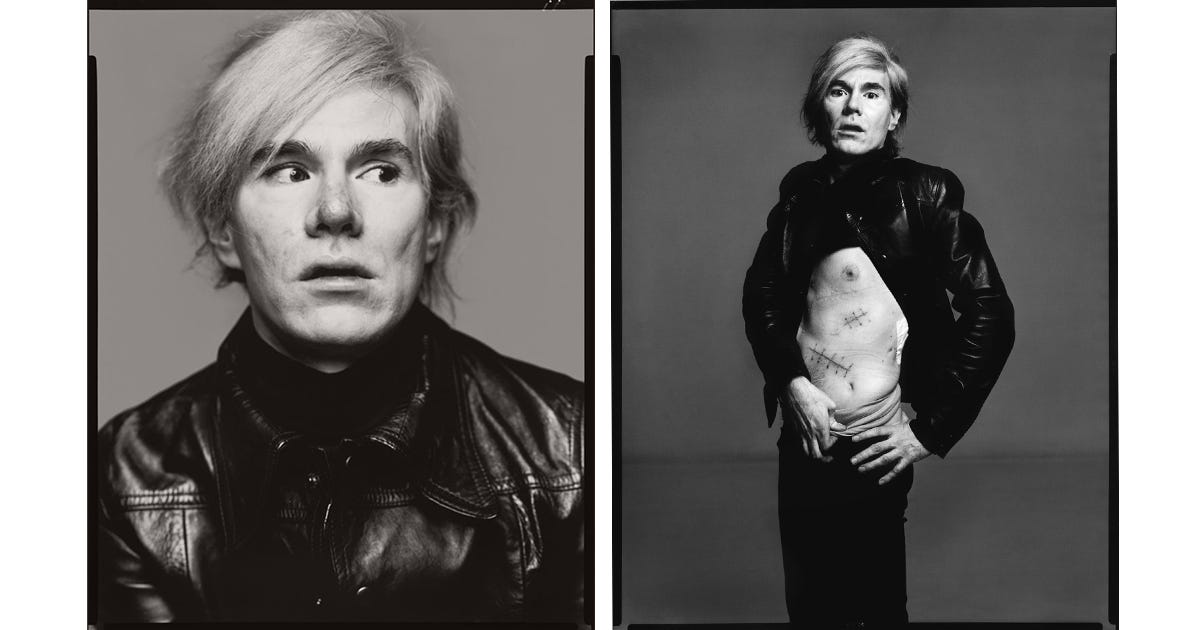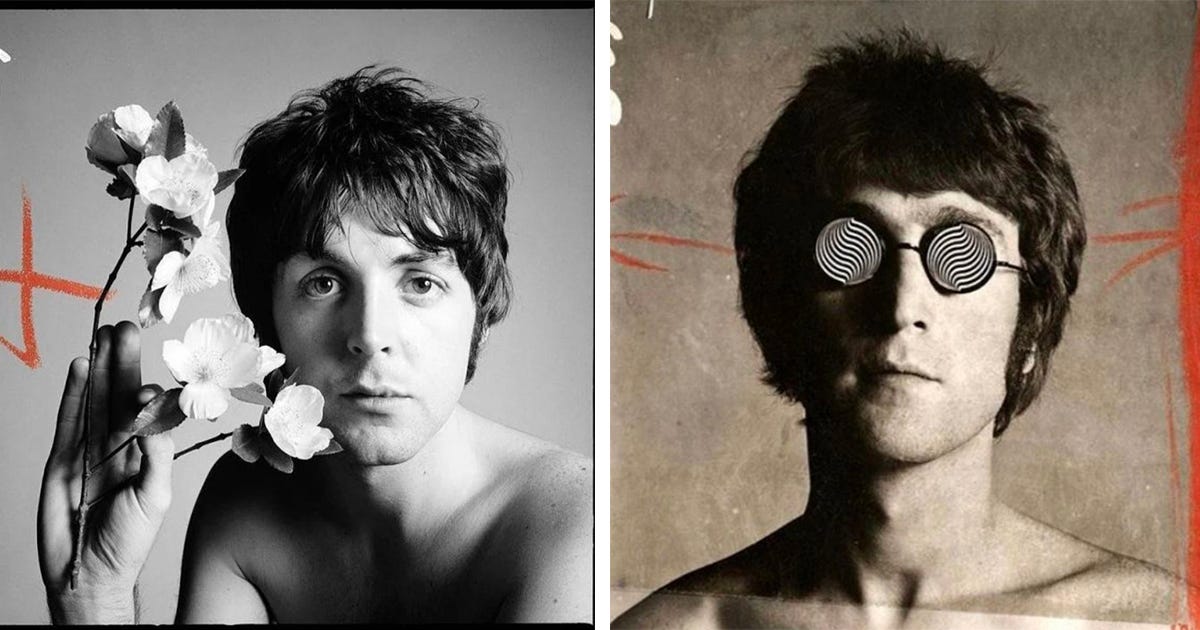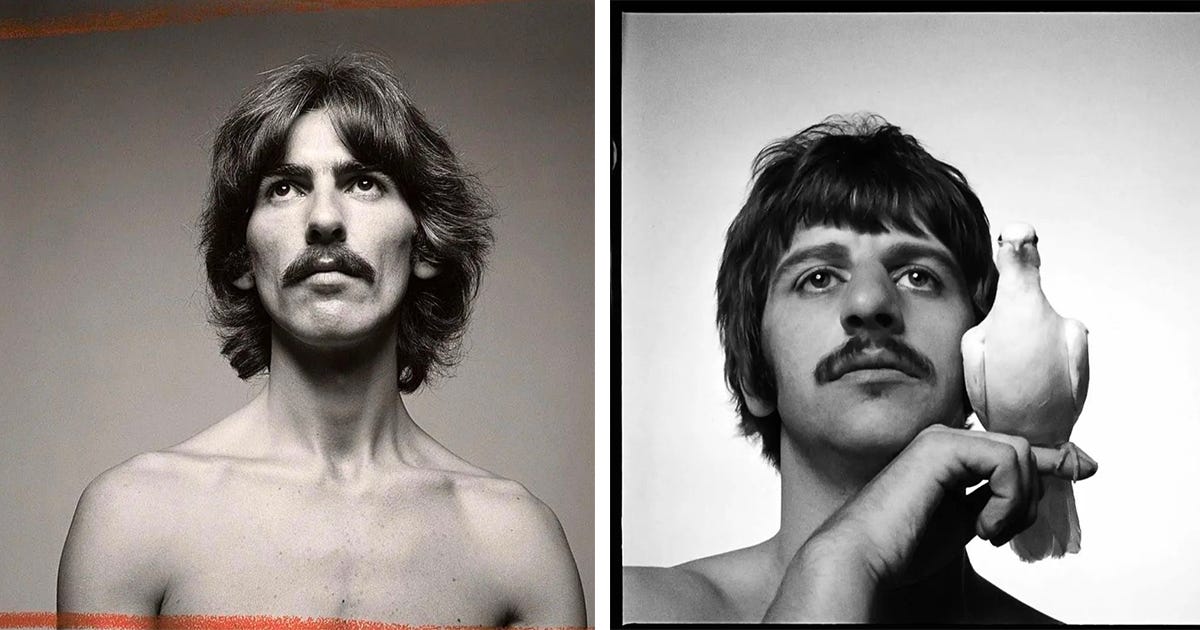I was 21, living my best life as a student in Milan. That city—so alive, so unapologetically stylish—felt like a world that pulsed in perfect sync with my own rhythm. It was 1995, and somewhere between long espresso-fueled afternoons and nights filled with reckless ambition, I stumbled upon an exhibition that would stay with me forever. Richard Avedon at the Palazzo Reale. Or at least, I think it was the Palazzo Reale. Time has blurred the details, but what I do remember is the feeling.
Walking into that space, I was immediately confronted with something radical: six hundred photographs, unframed, stuck directly onto the walls. No protective glass. No barriers. Just raw, unapologetic intimacy. Avedon’s world spilled into mine with an intensity that was almost overwhelming.
Here was a photographer who didn’t just capture images—he imprinted souls onto film. There was no neutrality, no passive observation. Every photograph was charged with his presence, his gaze, his absolute demand that the subject be seen. His work felt like a mirror, not just reflecting but revealing. I remember standing in front of Dovima with Elephants, hypnotized. It was more than fashion, more than composition—it was theater, poetry, power.
Avedon: The Man Who Saw Beyond
Born in 1923 in New York to a family steeped in fashion retail, Avedon was surrounded by style before he even understood its language. But he never treated photography as mere documentation. He was a storyteller, an orchestrator, someone who bent reality to his will to create images that lived far beyond the moment they were taken.
His genius wasn’t just in his technique—though that was revolutionary. It was in his understanding of people. He didn’t just photograph Marilyn Monroe; he captured the loneliness behind the icon. He didn’t just shoot fashion; he transformed it into a living, breathing narrative. He had an ability to strip away artifice while simultaneously creating myth.
The Signature Style: A Minimalism That Amplified Truth
Avedon’s editorial fashion photography was nothing short of revolutionary. His iconic Dovima with Elephants (1955) perfectly encapsulated his ability to blend high fashion with unexpected environments, creating an image that felt both surreal and deeply elegant. He infused his fashion images with movement and theatricality—Kate Moss and Aya Thorgren for Versace in 1993 exude a dynamic energy, while Małgosia Bela and Gisele Bündchen, draped in Dior in 2000, embody a raw, almost mythological grace. His work transformed fashion photography into something grander than clothing; it became performance, a moment frozen in time yet pulsing with life.

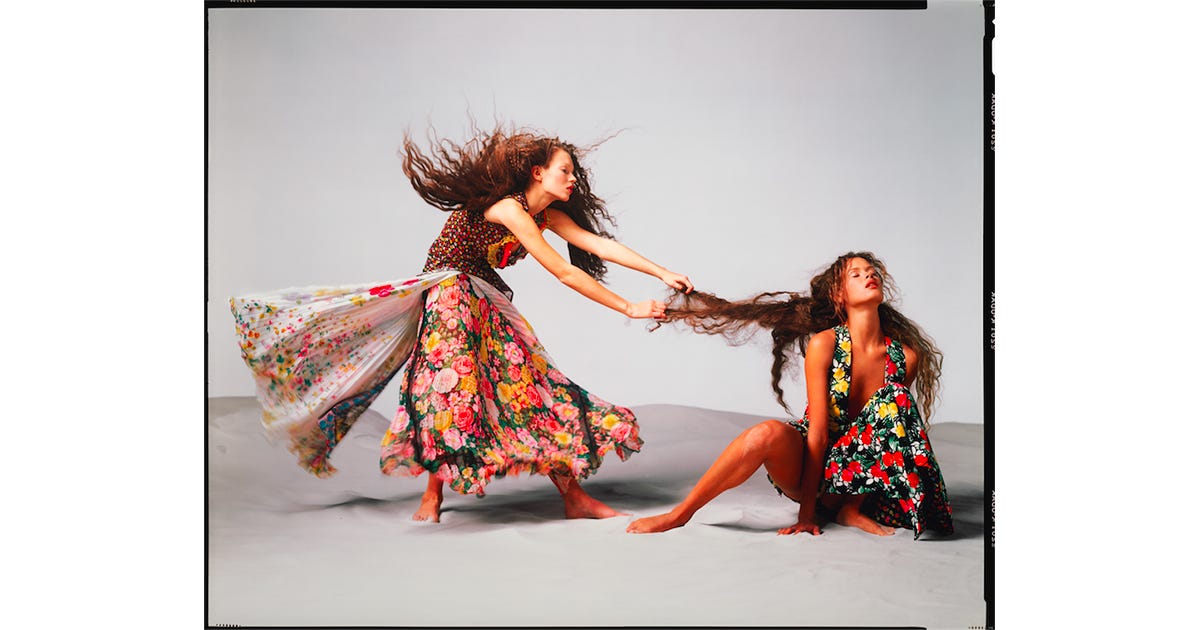
Avedon also possessed an uncanny ability to capture the depth of his celebrity subjects, peeling back their public personas to reveal something strikingly intimate. His portraits of Giacometti, Brigitte Bardot, Marilyn Monroe, and Bianca Jagger each tell their own story—Monroe’s melancholic vulnerability, Bardot’s untamed spirit, Giacometti’s haunted genius. He understood that a face was never just a face; it was a landscape of history, personality, and contradiction.
Beyond the glossy pages of magazines, Avedon brought his gaze to the streets. His series of street photography, including images of Harlem and Central Park in the late 1940s, showcase a different side of his artistry. Here, his subjects were not dressed in couture but in the raw authenticity of daily life—two men sharing a moment with a Dalmatian, a woman lost in thought at a café. These images, stripped of fashion’s theatrics, were no less captivating. They revealed his unerring ability to find beauty, strength, and humanity in the everyday.
Avedon’s portraits—stark, plain backgrounds, his subjects stripped of distractions—became his signature. It wasn’t just aesthetic; it was psychological. There was nowhere to hide. Whether it was Andy Warhol, the Beatles, or an anonymous coal miner from In the American West, they all stood exposed under his gaze. He didn’t just take their picture. He took their essence.
And he never played it safe. His images unsettled, disrupted. He photographed political figures, artists, unknown faces, each with the same intensity, the same demand that they exist fully in front of his lens. He made vulnerability an art form.
The Legacy: Why Avedon Still Matters
Avedon’s impact on fashion and portraiture is undeniable. He redefined glamour, stripping it of its stiffness and injecting movement, energy, and emotion. His portraits of anonymous Americans remain some of the most haunting and truthful representations of humanity ever printed on film.
But more than that, he taught us something fundamental about creation itself: that true artistry isn’t about capturing what is, but about revealing what could be. His vision continues to shape how we see photography, style, and the human experience.
His 1969 portrait of his wife Evelyn Avedon lingers in my mind to this day. It is breathtaking in its quiet intensity, a moment so intimate yet powerful in its simplicity. The tenderness in her gaze, the way the light carves her features—it encapsulates everything Avedon was as an artist. A master of revealing not just the person, but the soul beneath.

Back in Milan, I left that exhibition changed. Avedon had handed me a new way of seeing—not just photography, but people, stories, presence. Even today, I find myself drawn to his images, that unrelenting search for truth, that refusal to settle for surfaces.
Richard Avedon didn’t just take pictures. He forced the world to look.
Follow me on Instagram @celinescape_



